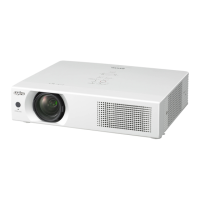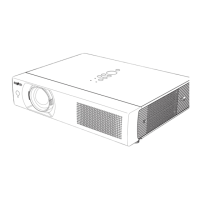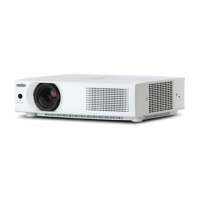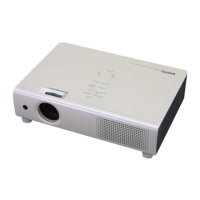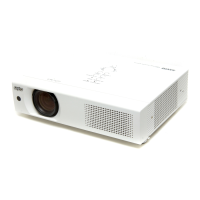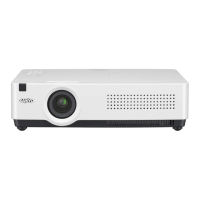What to do when the life of the projection lamp draws to an end in Sanyo PLC-XU115?
- HhendrixtimothyAug 2, 2025
When the LAMP REPLACE indicator lights yellow on your Sanyo Projector, it means the projection lamp is nearing its end. Replace the projection lamp with a new one promptly. After replacing the lamp, remember to reset the lamp replacement counter.




